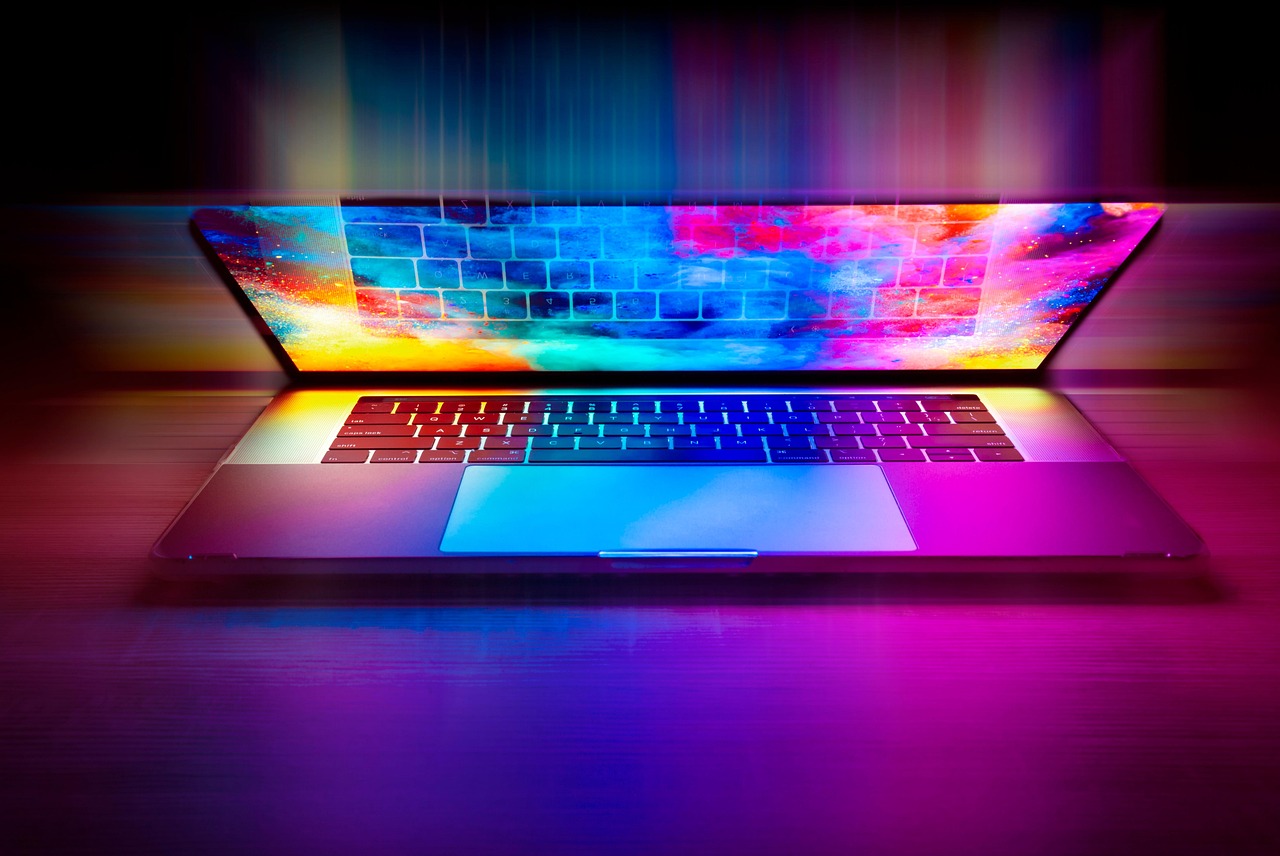Imagine a world where your refrigerator automatically orders groceries when you’re running low, your thermostat adjusts to your preferred temperature before you even arrive home, and your doctor monitors your vital signs remotely, alerting you to potential health issues before they become serious. This isn’t science fiction; it’s the reality of the Internet of Things (IoT), a rapidly evolving technology transforming industries and everyday life. Let’s dive into what IoT is all about, its applications, challenges, and future potential.
What is the Internet of Things (IoT)?
Defining IoT
The Internet of Things (IoT) refers to the network of physical objects – “things” – that are embedded with sensors, software, and other technologies for the purpose of connecting and exchanging data with other devices and systems over the internet. These devices range from ordinary household objects to sophisticated industrial tools. The key characteristic of an IoT device is its ability to communicate and interact with its environment without requiring direct human input.
- This connectivity allows for:
Remote monitoring and control
Data collection and analysis
Automation of tasks
Improved efficiency and decision-making
How IoT Works
The architecture of an IoT system typically involves these components:
- Devices: These are the physical objects equipped with sensors, actuators, and communication hardware. Examples include smart thermostats, wearable fitness trackers, and industrial machinery with embedded sensors.
- Connectivity: IoT devices connect to the internet or other networks using various communication technologies such as Wi-Fi, Bluetooth, cellular (4G/5G), LoRaWAN, and Zigbee. The choice of connectivity depends on factors such as range, bandwidth, and power consumption.
- Data Processing: Collected data is sent to a cloud-based platform or local server for processing and analysis. This involves filtering, aggregating, and analyzing the data to extract meaningful insights.
- User Interface: Users interact with the IoT system through dashboards, mobile apps, or web interfaces to monitor devices, control settings, and receive alerts.
The Growing Impact of IoT
IoT is experiencing exponential growth. According to Statista, there are expected to be over 29 billion IoT devices worldwide by 2030. This growth is driven by advancements in technology, decreasing costs of sensors and connectivity, and the increasing demand for automation and data-driven decision-making.
Applications of IoT Across Industries
IoT is transforming a wide range of industries, offering innovative solutions and driving significant improvements in efficiency, productivity, and customer experience.
Smart Homes
- Smart Thermostats: Learning your temperature preferences and automatically adjusting the heating and cooling based on your schedule. Example: Nest Learning Thermostat.
- Smart Lighting: Controlling lights remotely, setting schedules, and adjusting brightness and color based on ambient conditions. Example: Philips Hue.
- Smart Security Systems: Monitoring your home for intruders, alerting you to suspicious activity, and providing remote access to security cameras. Example: Ring Alarm.
- Smart Appliances: Refrigerators that track food inventory and order groceries automatically, washing machines that optimize water and energy usage, and ovens that can be controlled remotely.
Healthcare
- Remote Patient Monitoring: Monitoring patients’ vital signs remotely, allowing healthcare providers to track their condition and intervene early if necessary. Examples: Wearable heart monitors, glucose monitors, and blood pressure cuffs.
- Smart Hospitals: Improving operational efficiency through asset tracking, automated medication dispensing, and real-time patient location tracking.
- Connected Medical Devices: Medical devices that can communicate with each other and with healthcare providers, enabling more coordinated and personalized care.
Manufacturing
- Predictive Maintenance: Using sensors to monitor the condition of equipment and predict when maintenance is needed, reducing downtime and extending equipment lifespan.
- Asset Tracking: Tracking the location and condition of assets throughout the supply chain, improving inventory management and reducing losses.
- Smart Factories: Automating production processes, optimizing energy consumption, and improving worker safety.
Retail
- Smart Shelves: Tracking inventory levels on store shelves, alerting staff when products need to be restocked, and providing real-time data on customer preferences.
- Personalized Shopping Experiences: Using sensors to identify customers as they enter the store and provide them with personalized recommendations and offers.
- Automated Checkout Systems: Reducing checkout lines and improving customer satisfaction. Example: Amazon Go stores.
Agriculture
- Precision Farming: Using sensors to monitor soil conditions, weather patterns, and crop health, allowing farmers to optimize irrigation, fertilization, and pest control.
- Automated Irrigation Systems: Automatically adjusting irrigation based on soil moisture levels, reducing water waste and improving crop yields.
- Livestock Monitoring: Tracking the location and health of livestock, improving animal welfare and preventing disease outbreaks.
Benefits of Implementing IoT
The adoption of IoT technology provides numerous benefits for businesses and individuals alike:
- Increased Efficiency: Automating tasks, optimizing resource utilization, and streamlining processes.
- Cost Reduction: Reducing energy consumption, minimizing downtime, and improving operational efficiency.
- Improved Decision-Making: Providing real-time data and insights that enable better informed decisions.
- Enhanced Customer Experience: Personalizing products and services, providing proactive support, and improving customer engagement.
- New Revenue Streams: Developing new products and services based on IoT data and insights.
- Better Security: Enhanced surveillance, remote access control, and smart alarm systems contribute to improved security.
Challenges and Considerations
While IoT offers tremendous potential, there are also several challenges and considerations that need to be addressed:
Security
- Data Breaches: IoT devices are often vulnerable to security breaches, which can compromise sensitive data.
- Device Hijacking: Hackers can gain control of IoT devices and use them for malicious purposes, such as launching DDoS attacks.
- Privacy Concerns: Collecting and storing large amounts of data raises privacy concerns, as users may not be aware of how their data is being used.
- Mitigation: Implement strong authentication protocols, encrypt data, and regularly update device software to address security vulnerabilities.
Interoperability
- Lack of Standards: The lack of universal standards for IoT devices makes it difficult for them to communicate with each other.
- Compatibility Issues: Different devices may use different communication protocols and data formats, making it challenging to integrate them into a single system.
- Mitigation: Adopt open standards and protocols, such as MQTT and CoAP, to ensure interoperability between devices.
Data Management
- Data Volume: IoT devices generate vast amounts of data, which can be overwhelming to store and process.
- Data Quality: The accuracy and reliability of data collected by IoT devices can vary, which can affect the quality of insights derived from the data.
- Mitigation: Implement data filtering and aggregation techniques to reduce the volume of data, and use data quality checks to ensure accuracy.
Power Consumption
- Battery Life: Many IoT devices are battery-powered, and extending battery life is a major challenge.
- Energy Efficiency: Reducing the energy consumption of IoT devices is essential for their long-term viability.
- Mitigation: Optimize device hardware and software for energy efficiency, and use low-power communication protocols such as LoRaWAN.
Future Trends in IoT
The future of IoT is bright, with several emerging trends poised to shape the technology’s development in the coming years:
AI and Machine Learning Integration
- Integrating AI and machine learning algorithms into IoT systems will enable more sophisticated data analysis and automation.
- AI-powered IoT devices will be able to learn from their environment and adapt their behavior accordingly.
Edge Computing
- Edge computing involves processing data closer to the source, reducing latency and improving response times.
- Edge computing is particularly useful for applications that require real-time data processing, such as autonomous vehicles and industrial automation.
5G Connectivity
- The rollout of 5G networks will provide faster and more reliable connectivity for IoT devices, enabling new applications and use cases.
- 5G will also support a larger number of connected devices, making it easier to deploy large-scale IoT networks.
Blockchain Technology
- Blockchain technology can be used to secure IoT data and ensure its integrity.
- Blockchain can also be used to create decentralized IoT networks that are more resistant to hacking and censorship.
Sustainability and Green IoT
- Focus on developing IoT solutions that promote sustainability and environmental protection.
- Examples: Smart grids for efficient energy distribution, smart agriculture for reducing water and fertilizer usage, and smart waste management systems.
Conclusion
The Internet of Things is no longer a futuristic concept; it’s a present-day reality transforming industries and shaping our daily lives. While challenges remain, the benefits of implementing IoT are undeniable. From enhancing efficiency and reducing costs to improving decision-making and creating new revenue streams, the potential of IoT is vast. By addressing the challenges and embracing emerging trends, businesses and individuals can unlock the full potential of IoT and build a more connected, efficient, and sustainable future.




